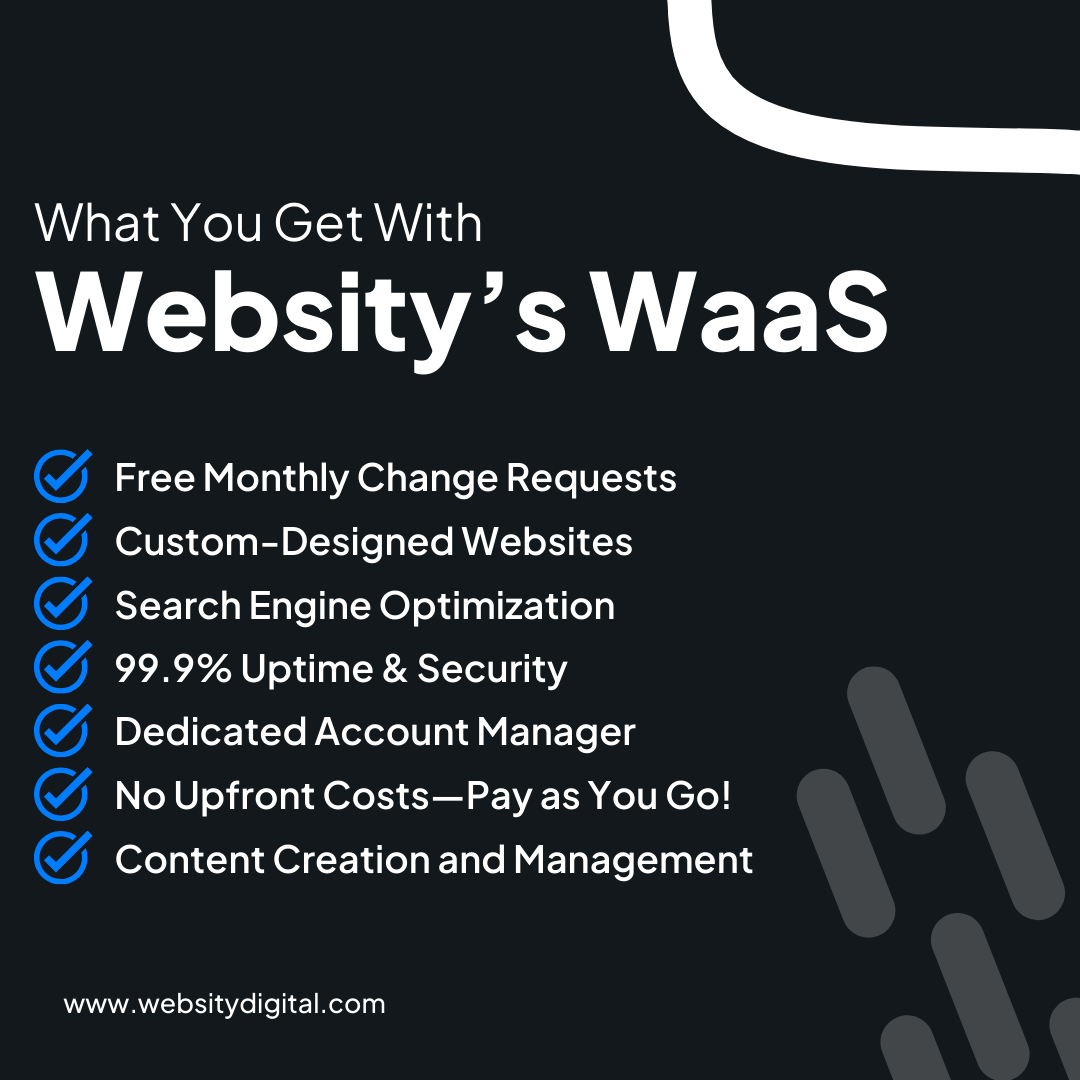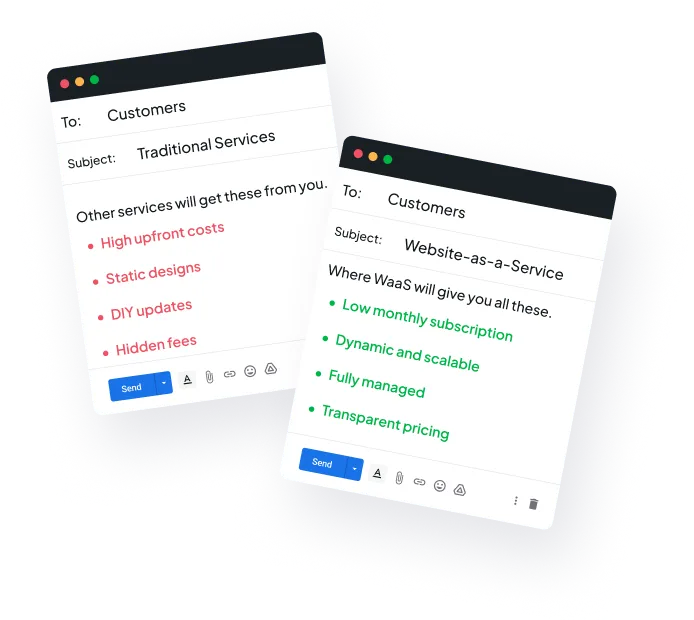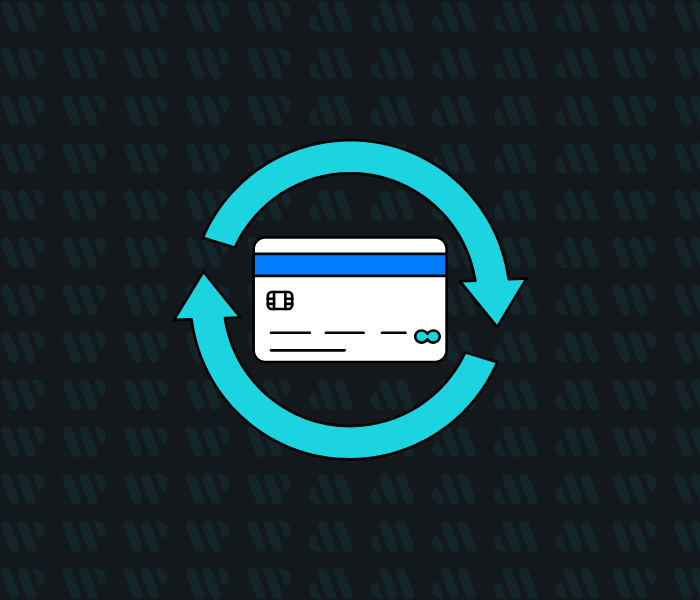Let’s be honest—traditional web design hasn’t exactly been kind to small businesses.
Between the sky-high upfront costs, endless timelines, and inflexible designs, it’s no wonder so many business owners end up frustrated.
And the worst part?
When your website is ready to launch, it already feels outdated.
That’s not how it’s supposed to work, right?
The truth is that small businesses need affordable websites that are easy to manage and ready to grow.
In this blog, we’ll break down why traditional web design falls short and share smarter, stress-free solutions that actually put you ahead.
Why Traditional Web Design Fails Small Businesses
Traditional web design might seem like the right choice at first, but it often creates more problems than it solves for small businesses. Here are the biggest ways it falls short:
1. High Upfront Costs
Traditional web design often comes with a hefty price tag.
For small businesses and startups working with limited budgets, shelling out thousands of dollars upfront just to get a website live can feel overwhelming—and let’s be honest, risky.
On top of that, you’re often left to pay for additional services like hosting, maintenance, or SEO as separate expenses, which only adds to the financial strain.
For startups trying to allocate resources wisely, this can lead to tough choices: Do you cut back on features to save money, potentially sacrificing quality?
Or do you stretch your budget, risking overspending on services you might not even need right away?
Neither path feels ideal, especially when you’re just starting out.
What You’re Dealing With
You’re caught in a no-win situation. Either you:
- Compromise on your website’s quality to stick to a budget, resulting in a site that doesn’t meet your business needs, or
- Pay for unnecessary features and services, leaving you strapped for cash to invest in other critical areas like marketing or inventory.
Ultimately, you may end up with a website that doesn’t fully support your business goals and struggles to deliver value for the money you’ve spent.
Your Way Forward:
The good news? You don’t need to choose between overspending and compromising quality. Here are practical alternatives to consider:
- Instead of building an all-in-one website from the start, focus on creating a minimal viable website (MVW) that covers the basics. Like a homepage, service pages, and contact information. You can add features like e-commerce, blogs, or booking systems as your business grows. This approach spreads out costs over time while ensuring you get online quickly.
- Platforms like WordPress and Wix offer flexible, low-cost options for small businesses. Using plugins or apps, you can start with free or inexpensive themes and add features as needed. While this option may require some DIY effort, it gives you more control over your budget and design choices.
- If you prefer a fully managed solution without the upfront cost, WaaS offers a predictable monthly fee that covers everything—design, hosting, updates, and even SEO. This ensures you get a professional site without blowing your budget or dealing with the technical hassle.
2. Endless Wait Times
Traditional web design is often a drawn-out process. The timeline can stretch for months, from initial consultations and proposals to revisions and approvals.
This can be a major roadblock for small businesses and startups that need to move quickly.
By the time your website is live, your business goals or market trends may have already changed, leaving you with something that no longer fits.
This lack of agility can also delay your marketing and sales efforts.
Without an active website, building credibility, attracting customers, or effectively showcasing your products and services is harder.
What You’re Dealing With
Your growth takes a backseat while you wait for designers and developers to finalize your website.
Competitors with faster launch timelines already engage with potential customers, leaving you playing catch-up.
Your Way Forward:
If speed is critical, consider breaking your website project into phases.
Start with a minimal viable site that covers essential features like a homepage, service pages, and a contact form.
You can always add advanced features or additional pages later.
This phased approach allows you to get online quickly while keeping room for improvements as your business evolves.
3. Lack of Flexibility
One of the biggest downsides of traditional web design is how rigid it can be once your website is live.
Want to add a new product? Update your services?
Even small changes, like tweaking text or swapping out an image, often require going back to your original design agency or hiring a freelancer.
Both options come with extra costs, potential delays, and the frustration of being unable to make changes independently.
This lack of flexibility can be a serious setback for a growing business.
Your website should evolve alongside your business, but with traditional models, it often feels like you’re stuck with a static site that’s difficult to adjust or upgrade without a headache.
What You’re Dealing With
Your website risks becoming outdated or irrelevant because updating it is too costly or time-consuming. Instead of being a tool for growth, it becomes a liability that holds your business back.
Your Way Forward
Consider using platforms like WordPress, which are known for their flexibility and ease of use. WordPress allows you to manage your content, add new features, and make updates without needing a developer.
With thousands of plugins and templates, it’s a great option for small businesses looking to keep their websites adaptable and scalable.
4. Outdated Practices
Traditional web design often feels stuck in the past. Many agencies still use rigid workflows and outdated tools, which results in clunky designs that don’t prioritize what today’s users actually need.
Key features like mobile responsiveness, SEO, content updates, or modern user experience (UX) are often treated as extras instead of essentials.
This can leave your website lagging behind competitors who invest in responsive designs and faster, more intuitive experiences.
Worse yet, a site without built-in SEO tools makes it harder for potential customers to find your business online—putting you at a disadvantage from the start.
What You’re Dealing With
You could end up paying a premium for a website that already feels behind the times.
Without mobile optimization, modern UX, or SEO, your site will struggle to attract or retain visitors, costing you time and potential revenue.
Your Way Forward
Modern platforms and services prioritize what traditional web design often overlooks.
For example, with Websity, you get a fully managed, SEO-ready website that includes mobile-friendly designs, fast load times, and professionally written content tailored to your business.

Everything is designed to help you rank higher on search engines while engaging visitors effectively.
WordPress offers responsive themes and a variety of plugins to optimize your website for SEO, mobile, and user experience.
It’s an accessible option for those who want control without sacrificing functionality.
5. Hidden Costs
When you sign up for traditional web design, the big upfront fee might seem like the only expense—but that’s rarely the case.
Once your site is live, you’re often charged extra for hosting, updates, maintenance, or even minor troubleshooting.
These ongoing expenses are rarely outlined in the initial agreement, leaving you to piece together the costs as they arise.
These surprise expenses can quickly add up for small businesses and startups working with limited budgets.
What started as a seemingly affordable solution can snowball into an unpredictable financial burden.
What You’re Dealing With
You’re left paying far more than expected, often with little transparency or control over how costs add up.
Instead of a clear plan, you’re stuck managing unexpected bills while trying to keep your business running.
Your Way Forward
Opt for a model that offers full transparency and all-inclusive pricing.
With Websity, you pay a monthly fee that covers everything—design, hosting, updates, SEO tools, and even professionally written content.
There are no surprise charges or hidden fees, so you can confidently budget.
Platforms like Wix or Squarespace include hosting and basic maintenance in their plans, offering predictable costs.
However, they may lack WaaS’s scalability and full-service features.
6. Overly Complex Management
Traditional websites often come with back-end systems that feel more like a maze than a tool.
For startup owners already wearing a dozen hats, making basic updates—like tweaking text, fixing a broken link, or adding a new product—can quickly turn into a stressful ordeal.
The reality? Many of these systems are designed with developers in mind, not business owners.
You either spend hours figuring it out yourself or pay a professional for every little change.
Over time, this lack of control can make your website feel more like a headache than a help.
What You’re Dealing With
Your website, instead of being a resource you can depend on, becomes just another task on your already-packed to-do list.
It slows you down and eats into your budget, leaving you frustrated and reliant on external help for even the smallest updates.
Your Way Forward
Look for a platform that simplifies website management and allows you to make updates without relying on outside help.
Use Platforms Like WordPress or Wix.
These platforms offer intuitive dashboards and drag-and-drop editors, making managing your website much easier.
Want to update your content, add images, or create a new page? It’s straightforward and doesn’t require technical expertise.
However, keep in mind that while these platforms are easy to use, you’ll still need to handle hosting, maintenance, and updates yourself.
For a more hands-off approach, Websity’s Website-as-a-Service model provides everything you need in one package.
You get a professionally designed website that’s easy to update through a simple dashboard.
And for anything beyond basic edits, Websity’s dedicated support team is there to handle the technical stuff—so you can focus on your business, not troubleshooting your site.
7. Lack of Ongoing Support
For many traditional web design agencies, the relationship ends once your website goes live.
You get a handover email and are on your own from there. If you need help six months or even six weeks later, you’re often left scrambling to find support.
And when you do, it usually comes with a hefty price tag or long wait times.
This lack of ongoing support can leave small business owners feeling stuck.
Whether it’s fixing a broken feature, making updates to reflect new business goals, or troubleshooting a technical issue, you shouldn’t have to start from scratch or pay a premium every time you need assistance.
What You’re Dealing With
You’re left in a frustrating position: your website might look great at launch, but as your business grows or new issues arise, you don’t have the support you need.
This can lead to delays, missed opportunities, and unnecessary stress as you try to juggle running your business while managing your website.
Your Way Forward
Look for a service prioritizing ongoing support as part of the package so you’re never left in the lurch.
Platforms like WordPress and Wix often have large user communities and forums where you can find guidance.
However, you’ll still need to spend time troubleshooting or hiring freelancers if you need more hands-on help.
Websity’s Website-as-a-Service model ensures you’re never left hanging.
From routine updates and maintenance to troubleshooting technical issues, their dedicated team can handle it all as part of your subscription.
You’ll always have someone to rely on without worrying about extra costs or long delays.
8. One-Size-Fits-All Designs
Traditional web design often relies on cookie-cutter templates that lack personalization.
While these templates may work for generic use cases, they rarely capture your brand’s unique personality or meet your audience’s specific needs.
The result? A website that blends in with the crowd and fails to create a memorable experience for your visitors.
This approach is especially limiting for small businesses trying to stand out in competitive markets.
A generic design makes building trust, differentiating yourself, or creating a strong connection with potential customers harder.
What You’re Dealing With
Your website feels uninspired, making it harder to attract and retain visitors.
Instead of reflecting your brand’s unique aspects, it looks like countless other websites, leaving little reason for customers to choose you over your competitors.
Your Way Forward
Opt for solutions that balance ease of use with customization to create a website that truly represents your business.
If you’re working with a pre-designed template but want it tailored to your brand, consider hiring a freelance designer.
They can make specific tweaks to ensure your website feels unique without breaking your budget.
Services like Websity’s Website-as-a-Service model combine the convenience of templates with professional customization.
You get a visually stunning website fully aligned with your business goals and easy to manage—without the hassle of doing it all yourself.
What’s Next? Turning Problems into Opportunities
Traditional web design might have worked in the past, but as we’ve seen, it’s no longer equipped to meet the needs of modern small businesses and startups.
From high upfront costs and rigid designs to hidden fees and a lack of ongoing support, these eight challenges can seriously hinder your business.
But here’s the good news: each of these problems has a solution.
Whether it’s opting for a more flexible platform, embracing a scalable Website-as-a-Service (WaaS) model, or simply focusing on tools that put you in control, there’s a smarter way to approach your website.
Now, it’s time to take the next step:
-
Evaluate Your Current Website:
Are you facing any of these issues? If so, prioritize what needs fixing—be it outdated design, slow updates, or a lack of scalability.
-
Explore Alternatives:
Look into solutions that fit your business goals, budget, and technical needs. Consider platforms like WordPress, Websity’s WaaS model, or other tailored services that offer flexibility and support.

-
Focus on Growth:
Your website should be a tool that grows with your business. Ensure it’s scalable, SEO-ready, and easy to manage so you can stay ahead of the competition.
Your website isn’t just a digital presence. It’s a powerful tool for driving growth, building trust, and engaging your audience.
Choosing modern solutions that address these challenges sets your business up for success in the digital age.
So, what’s next?
The choice is yours, but the possibilities are endless with the right solution.





